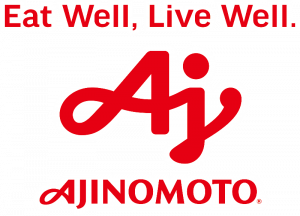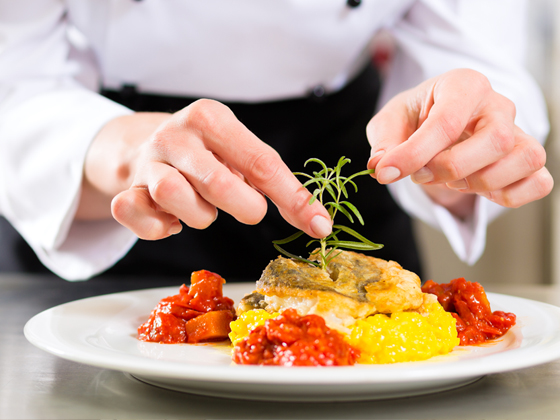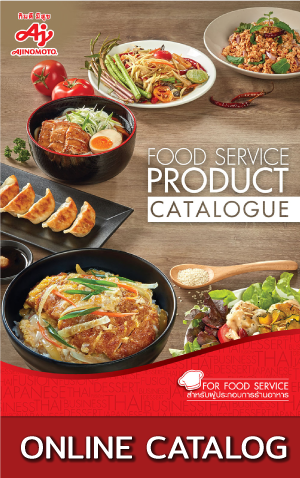Develop Your Menu Like a Pro
Menu is, undoubtedly, one significant factor that can dictate success of a restaurant. A restauranteur should be aware that creating a menu merely out of personal preference or culinary trend at a particular moment cannot guarantee popularity in the long run.
Before creating a menu, you should always ask yourself a few questions. First, who is your target? Second, how do they like to dine? And last but not least, what kind of experience you can offer and make them come for more? Once you have gotten the answers, you can choose the menu type that goes best with your restaurant’s concept, then start developing recipe and set the price.
Pick the Winning Menu Type
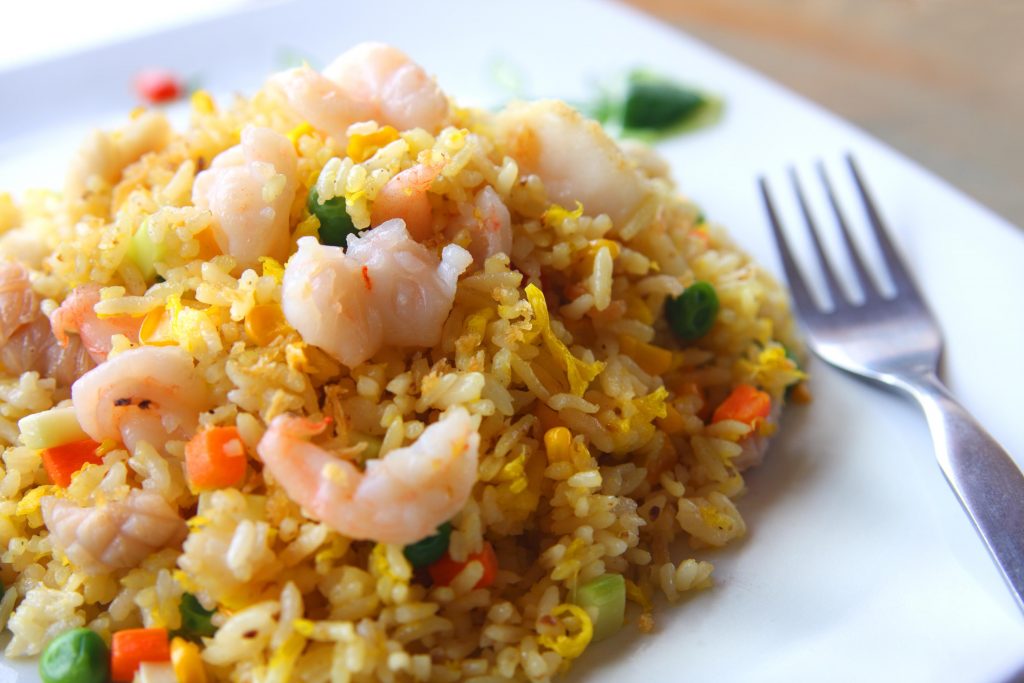
A restaurant may have a la carte menu, set menu or mixed menu. Each of them has different advantages and disadvantages, and suits different restaurant concepts.
A la carte menu is a menu in which starter, main course and dessert can be ordered separately. Each of them has a particular price. This menu fits both full-service eateries and fast-food kiosks which emphasise upon quick service. Regarding its downside, however; you cannot anticipate the exact food order, which leads to too much ingredients in stock. Your food cost may increase rapidly due to miscalculation while a lot of ingredients are wasted.
Set menu is a menu which has all starter, main course and dessert together with a set price. With set menu, you can anticipate the food stock more accurately. Consequently, you will have fewer tendencies to face the problem of rotting ingredients. Yet, one disadvantage is your customers may not be able to fully enjoy your set menu if they have allergy to a certain dish or even entre of the set.
Mixed menu is a mixture of a la carte menu and set menu.
Style Your Menu Strategically
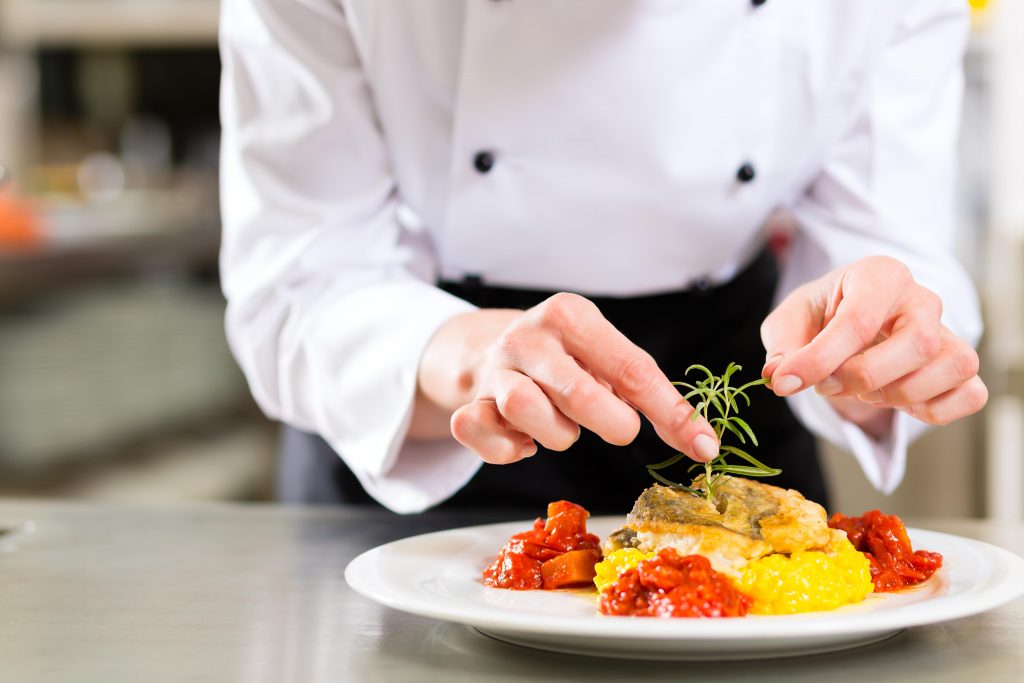
First and foremost, you should take your restaurant’s concept into account while developing a menu. If you want to set the trend, be the leader of the league. Never craft a menu that is already a hit. Instead, you should come up with a unique flavourful dish that could trigger new interest. If it is accepted by clienteles, others may even follow suit. It should not take too long a time to prepare your menu especially during lunch, dinner or high season when high influx of customers is seen.
Avoid using any ingredients that rot easily for just one menu. Make the most of your ingredients by applying them in different dishes. For instance, you can serve several plates of fabulously-cooked meat then create an utter delight out of the remaining entrails in some others.
Find your menu a point of difference and market it to strengthen your standing in the business. If your menu does not significantly differ from other restaurants’, a sublime setting could be of use to intrigue your potential customers further.
Above all, you need a chef that understands your restaurant’s concept and is able to deliver decent meals as the outcome. For example, if you promise an authentic food, your chef should have the right comprehension to come up with bona fide servings. If you want to sell avant-garde ideas, your chef should be able to get out of the box and use the same old ingredients with a brand new approach. No matter what, he or she should also be aware of customers’ needs.
You should use your chef’s talent to greatest advantages. Chef whose skill fits perfectly with the food is likely to craft a better meal. You may let your chef create special carte du jour to make the most of their potential and get them feel increasingly involved with the business. Your restaurant may enjoy sui generis dishes and more clienteles as a result.
Set the Price Wisely
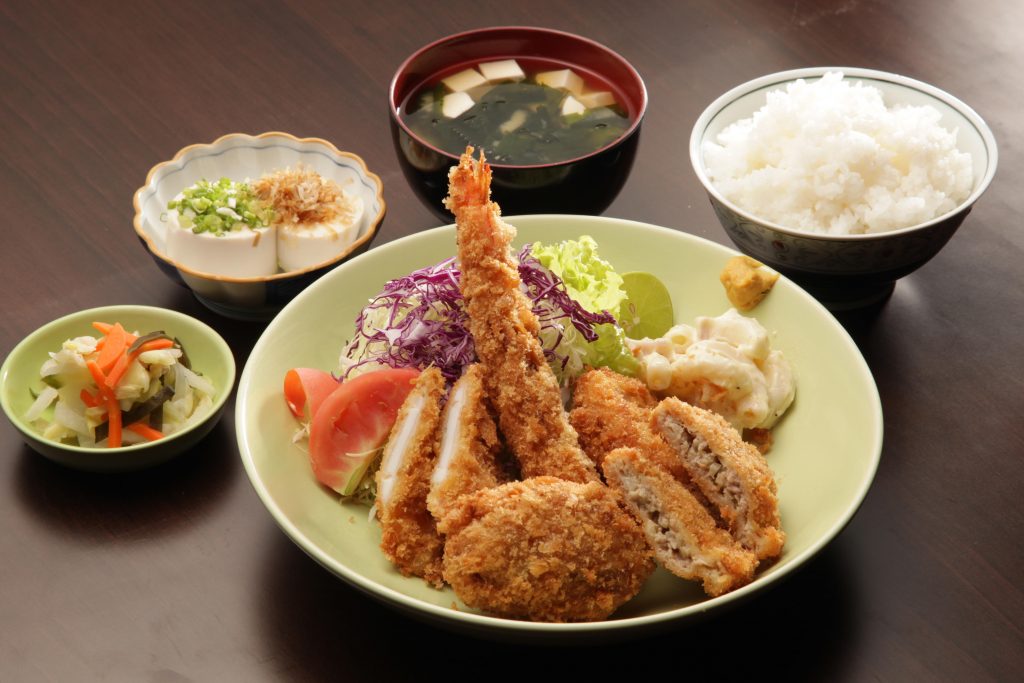
It takes art and science to set the price that is appropriate for your target while retaining the restaurant’s image. If the price is too high, they might not want to give your place a try. But if the price is too low, your restaurant’s image may be devalued all the same. Always consider your target’s affordability, your running cost and your competitors’ prices every time you price your dishes.
Once you pick the right menu type for your restaurant, develop the recipe and set an appropriate price, you may want to find the target with different backgrounds to try your food. They should be allowed to give a sincere comment on the taste, the arrangement, negative and positive points of your food and the price it should be having. Finally, you can compare with the price you have already set and improve any drawbacks before putting it on sale.
